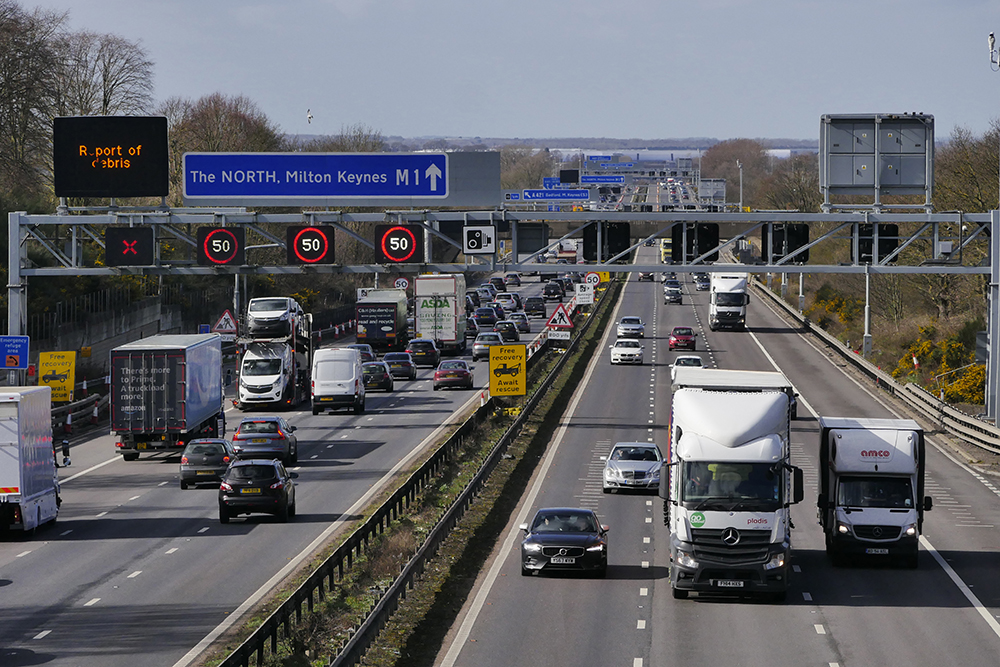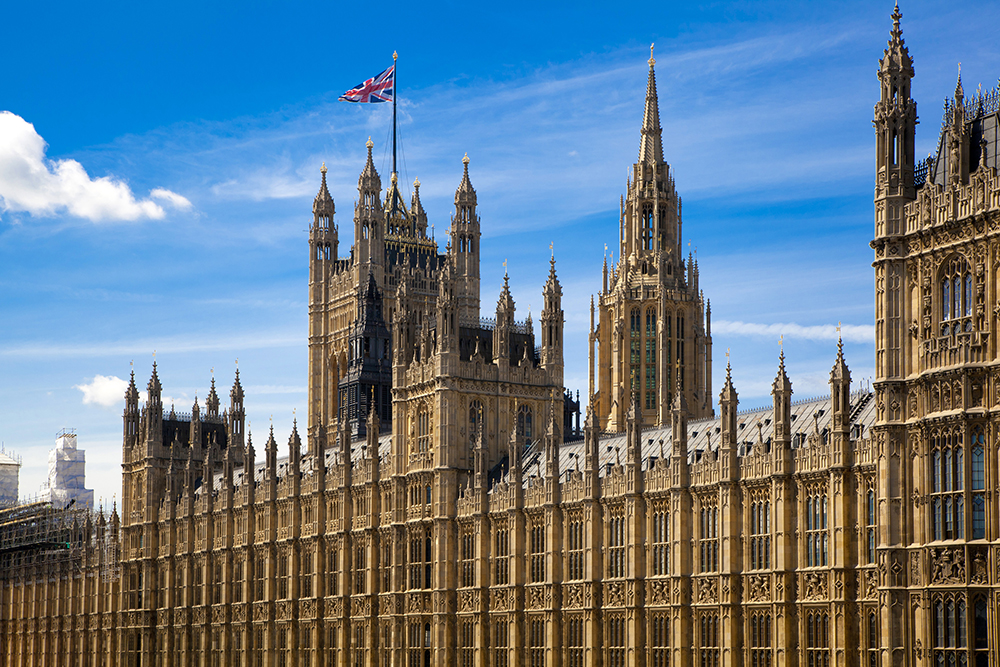
The UK government’s pause of its smart motorway network roll-out has come amid disquiet over the safety record of these highways, which often use what was the hard shoulder as a lane for traffic in order to cope with increased demand for road space.
The plan now is to wait until five years’ of safety data becomes available and a fresh assessment of the risks is made.
All-lane running (ALR) was introduced in England because it meant there would be no need to physically build an extra lane on a motorway (disruptive and expensive) and, the logic went, cameras and sensors can quickly tell that there is a stopped car, which means other motorists can be alerted and help summoned.
But it also means that, since there is no longer a hard shoulder, motorists who break down must rely on refuge areas to get safely off the carriageway. This is fine if you are able to reach one but these can be as much as 1.6 miles from one another – a potentially highly dangerous scenario if your car is suddenly a stationary obstacle on what is still a fast-moving lane of traffic. You then rely on technology to signal to other drivers that they must immediately move out of that lane – which in turn assumes that the technology will work and that those drivers will follow instructions.
Unlawful killing
Jason Mercer and Alexandru Murgeanu were killed when a truck hit their vehicles on a stretch of the M1 near Sheffield in June 2019. The two men had been involved in a minor crash and were waiting for assistance. Recording a verdict of unlawful killing, coroner David Urpeth wrote to Highways England (now called National Highways), which runs the major road network, and to the UK transport secretary, to request a review after an inquest heard that two deaths might have been avoided - if a hard shoulder were available.
Transport secretary Grant Shapps acknowledged last year that the refuge areas “were spaced way too far apart”, a situation he inherited: they should be every three-quarters of a mile or a mile at most.
Efforts to remedy this were already underway, with the UK Department for Transport (DfT) pledging to invest £900m to improve safety on existing ALR motorways, including £390m of new money for 150 extra emergency areas - around a 50% increase in places to stop by 2025. The rest of the cash will go on measures such as stopped vehicle detection and concrete central reservation barriers.
The pause in the roll-out was recommended by the UK House of Commons transport select committee, whose job is to scrutinise the DfT. Committee chair Huw Merriman has been scathing, telling BBC Radio 4’s Today programme that problems with smart motorways represented a “complete system failure in terms of some of the assurances not being delivered”. Aside from the relative sparseness of emergency refuge areas on the network, some of the technology designed to ensure safety has either not worked well enough – or does not appear to be in use on some sections at all.
Retrofit assurances
The select committee first reported in 2016 on concerns over smart motorway safety. “We found…that we were given assurances going forward that we will have the stopped-vehicle detection technology that will stop the lane [of traffic] in a minute, and that will be built in and retrofitted – and it hasn’t been,” said Merriman. “In 2019 less than 20% of the smart motorway network had that feature there. So it seemed to us that there was a real dash to deliver this rather than listening to the warnings and actually making the safety improvements which is now recognised should have been in place.”

He gives the government credit for accepting the committee’s recommendations in order to establish whether smart motorways are safe - or indeed safer - than conventional motorways.
There are three kinds of smart motorways. There have been particular concerns about the safety of ALR, along with its cousin, dynamic hard shoulder running, which uses the hard shoulder as a lane to ease congestion but not at all times (see box). National Highways tacitly accepts this causes confusion for motorists who are not entirely sure when the hard shoulder is a refuge and when it is the inside lane.
The third type is controlled motorways – which are essentially old-style motorways but with more technology.
“Those that have the technology to control the flow and speed of traffic but which still have a hard shoulder in place … tend to be the safest of all smart motorways,” Merriman says.
But it is still “quite a complex picture” and firm evidence for or against ALR is patchy. “If you look at it between 2015 and 2019 then those ALR smart motorways appear to be safer than a conventional motorway,” Merriman explained. “If you just take a snapshot of 2019, they’re less safe. And it’s this uncertainty, and the need to give drivers safety assurance so they use the motorways, which caused us to ask for the pause, get more data and not build any more until that data is known, and then take another look in a few years’ time.”
Risks and benefits
The hiatus in development will last until at least 2024. “If you look at the entire network of ALR smart motorways, the 141 miles - with another 1,500 miles of conventional motorway to convert - it’s five years from the last piece that was built, so that’s 2019-24 – but of course the pause will go for longer because you’ll then need to ascertain if they are safer or not,” Merriman says.
“But in addition there’s a business case that says if you can get traffic onto motorways because it’s less congested – therefore use the hard shoulder – then you’ll take the traffic away from more dangerous A and B roads, which makes sense logically. But the danger is that if people are not comfortable using those same smart motorways they will come off the motorway network and come on to the A and B roads. What we found during our enquiry was that for every reason ‘why’ there was also a reason ‘why not’. That’s why we must be led by the evidence and the data and more time is needed.”
Independent road safety campaigner, Meera Naran, whose 8-year-old son Dev died in a crash on the M6 in 2018, said: “Conventional and smart motorways both have their risks and benefits. I welcome this pause in the roll-out of smart motorways, which will give us all a positive opportunity to assess the future of our motorway network.”
The criticism that smart motorway roll-out in England has perhaps run ahead of itself is compelling - although DfT disagrees with this. Yet despite how rarely most of us use the hard shoulder, the suggestion that removing it can actually make roads safer feels, at best, counterintuitive.
(One subject that rarely seems to be discussed is whether adding a lane to a motorway actually eases congestion anyway. A question for another time, perhaps.) For now, regardless of how safe statistics tell us smart motorways are, drivers need to feel safe using them. And for that, the UK government has concluded, they need proof – and long-term data is the only way we are going to get it.
3 types of smart motorway
- Controlled motorway: three or more lanes, a hard shoulder and variable speed limits
- Dynamic hard shoulder running: variable speed limits and the hard shoulder selectively opened as a running lane during periods when there is a lower speed limit in force, and emergency areas at regular intervals
- All-lane running: variable speed limits and the hard shoulder converted to a permanent running lane, and emergency areas at intervals.





